While grammar schools are a strength in the classical Christian education movement, they probably have not received as much help or assessment from the classical tradition as have upper schools. How do we discern what is classical and what is not when considering what we teach in Pre-K through 6th grade? This workshop proposes a method often used by upper schools: “ad fontes” (go back to the great sources). Arguably the greatest—because longest lasting—text for elementary education is the fourth-century A.D. schoolbook by Donatus, the Art of Grammar. Classical Christian grammar schools would do well to measure their reading and writing scope and sequence by this text. If we evaluate ourselves this way, we will gain wonderful inroads to improving our curriculum and might even find ourselves challenged to refocus our curricular goals in grammar school. This workshop takes up the task by explaining the content and structure of Donatus’ work in a way accessible to those who haven’t learned Latin. Then, we will think through how the Art of Grammar comports (or doesn’t) with the way we classical Christian schools teach English phonics, grammar, and basic writing skills. Donatus’ student, Jerome, the great Bible translator, wrote this advice on education: “Those things ought not be despised as if small without which great things cannot come to be.” Let us love these “little things” and given them our careful attention!
Andrew Selby

Andrew Selby serves as Assistant Headmaster at Whitefield Academy in Kansas City, MO. He has been in classical education for over a decade. He and his lovely wife enjoy reading books together when they are not caring for their five children, four of whom are old enough to attend Whitefield. He has a PhD in early Christian theology from Baylor University, an MA in Historical Theology from University of Toronto, and a BA in Humanities from Biola University (Torrey Honors College).


